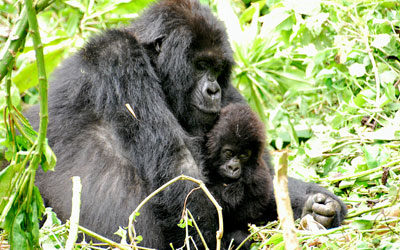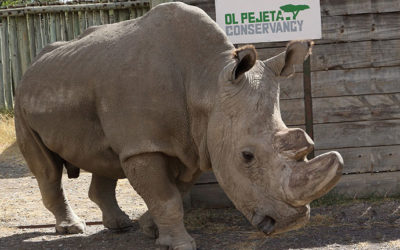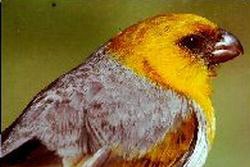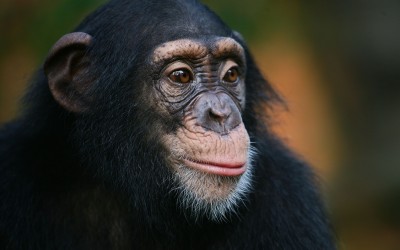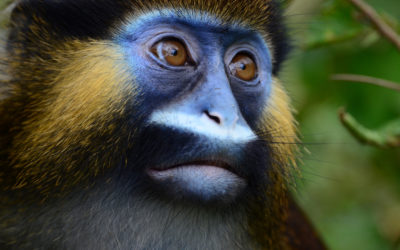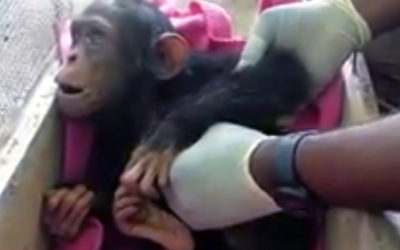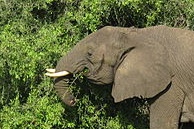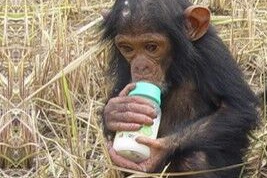Japan’s Only Ape Sanctuary Arose from a Pharmaceutical Research Facility
Japan’s apes are helping us to better understand our closest relatives
by Natasha Tworoski
High in the hills of the Kumamoto Prefecture in southwestern Japan are some unexpected residents. This is where 58 chimpanzees and 6 bonobos call the Kumamoto Sanctuary home. An extension of Kyoto University’s Wildlife Research Center, the facility is the only ape sanctuary in Japan and many of these chimpanzees have been rescued from the biomedical research industry. While they now live in proper social groups, receive healthy diets and have comfortable lives, this was not always the case.
The sanctuary site was once owned by a drug company, which housed some of the chimpanzees and organized for other institutions to also receive chimps for biomedical research. Here, like other similar facilities in Japan, US and Europe, the chimps were kept in small, cramped individual cages and intentionally infected with diseases such as hepatitis, HIV and malaria. They justified doing this because chimpanzees are our closest relatives and so the data collected could allow treatments to be created that could save human lives.
This is a misleading statement, however. Take hepatitis C, the strain infecting over 200 million people worldwide. In humans, it can lead to cirrhosis of the liver and liver cancer, and can be transferred from mother to fetus. None of these symptoms are seen in chimpanzees that have contracted hepatitis C. If chimpanzees aren’t affected by a disease in the same way humans are, research to develop medicine for humans with the disease based on chimpanzee treatment is inherently flawed. Additionally, since 2003, scientists have been able to grow hepatitis C in a cell culture, effectively testing treatment options without exposing animals to cruel conditions. With constant advancements in science, the use of non-human primates for medical testing is not justifiable.
After a long discussion between the company and primate experts in Japan, it was agreed that the chimpanzees would be turned over to form a chimpanzee sanctuary in April 2007, with the company continuing to make a sizable financial contribution towards their care. It is part of Kyoto University’s Wildlife Research Center, which studies endangered species worldwide.
One of the most impressive things about Kumamoto Sanctuary is what they have achieved by housing so many chimpanzees with inhumane pasts. Due to their high intelligence and complex social structure, it is critical that young chimps live with adult chimpanzees so they can learn how to interact properly with one another. When they skip this step in life, it can be difficult for them to later on integrate into a social group as adults. The complications of the situation escalate quickly when none of the individuals have had normal juvenile stages.
The sanctuary has renovated the enclosures the chimpanzees are in, but space is still a constant concern. To utilize the area they have, nine social groups have been formed on the property. In the wild, a community of chimpanzees would have a defined territory, but not all individuals stay together throughout the day. Instead, they typically break off into smaller groups and forage within the territory. This is called a fission-fusion society. To replicate this and also to prevent too much tension building in a shared space, some of these chimpanzee communities can be split into temporary subgroups that are also rotated. Doing this requires caretakers to know each chimp well, so individuals that have close relationships don’t get split-up or individuals that don’t get along well aren’t kept together for too long.
In addition to housing challenges, the sanctuary has excelled at other aspects of care. The apes at one point were only receiving 10 different food items, but that list has now expanded to 71. A weekly rotating enrichment calendar means the way food is presented is different every day, For example, one day may require the chimps to break down branches to make tools to twig out food items from holes drilled into logs, while another day they may have to forage through boxes stuffed with straw in order to find their meal.
Besides having a safe, secure home, these apes are also helping us to better understand our closest relatives when scientists from around the world come to observe them. Both chimpanzees and bonobos share the same common ancestor with human beings, meaning we share the same percentage of DNA with each species, a staggering 98.7%. For aspiring Kumamoto Sanctuary researchers, being invited to the sanctuary to conduct observations is a competitive process and a huge honor. Many of these studies investigate how these two species solve problems in comparison to humans, but the topics are quite varied. Earlier this year, the sanctuary revealed one of their chimpanzees has a genetic disorder comparable to Down syndrome in human beings, which was initially suspected based on physical traits she displayed and later confirmed when her DNA was tested and she was found to have an extra chromosome. To see some of the publications based on research at Kumamoto Sanctuary, click here.
A huge thank-you to Professor Satoshi Hirata and the staff at Kumamoto Sanctuary for sharing this information with PASA and also for all they do for ape welfare.

The chimps can choose to participate in touch-screen tests for special treats, which helps researchers see how they solve problems. Photo taken by Satoshi Hirata.
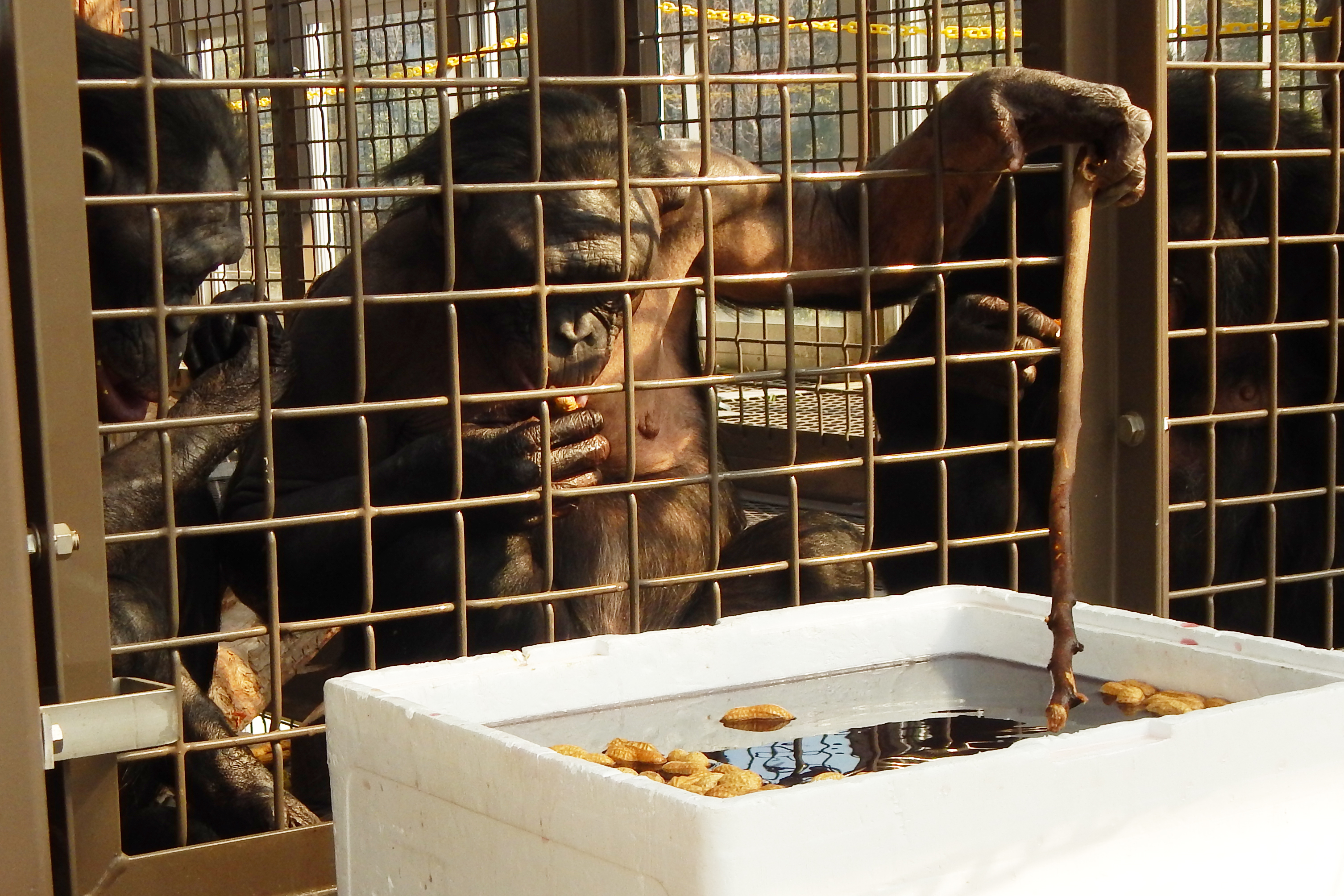
As a special treat, bonobos use sticks to twig floating peanuts out of a tub filled with juice.
Next Posts
Ngamba Island Celebrating Its 20th Anniversary
Two decades of rescuing and protecting endangered chimpanzees.
Gorilla Experts Highlight Santa Barbara Workshop
Two champions of gorilla conservation share valuable lessons on how to preserve gorillas in the wild and protect those orphaned.
Veterinarian for PASA Sanctuary also Helping to Save a Species
Time is running out to prevent the northern white rhino from disappearing forever.
New Research Shows that Government Funding for Conservation Makes an Important Impact
A new study has produced extensive empirical data to show that government funding for conservation has significantly slowed the rate of global biodiversity loss.
Breaking News: Study Finds Common Cold Virus Deadly to Chimpanzees
In a groundbreaking study, researchers discovered the first evidence of a common human cold virus infecting another species.
Welcoming the Newest PASA Member: Parc de la Lékédi
Located in Gabon, Parc de la Lékédi is a sprawling 34,600-acre park, representing both savannah and forest habitat and home to hundreds of different species of plants and animals.
Tragedy Strikes an Orphaned Chimpanzee
Four men were arrested trying to smuggle an infant chimpanzee out of Cameroon. Unfortunately, help arrived too late to save the traumatized animal.
23 Vervet Monkeys Need Your Help to Return to the Wild!
Returning animals to the wild can be a complicated and risky venture, particularly with highly intelligent, social animals.
Violent Retaliations to Conservation Efforts Are Escalating
Famed elephant conservationist Wayne Lotter was in a taxi in Dar es Salaam, Tanzania when armed men stopped his vehicle and fatally shot him.
PASA Sanctuaries Receive Generous Medical Donations from Non-Profits
Worldwide Veterinary Service, Project VETS, International Veterinary Care, Inc. and Lion Country Safari generously contributed medical supplies that PASA member sanctuaries urgently need.


